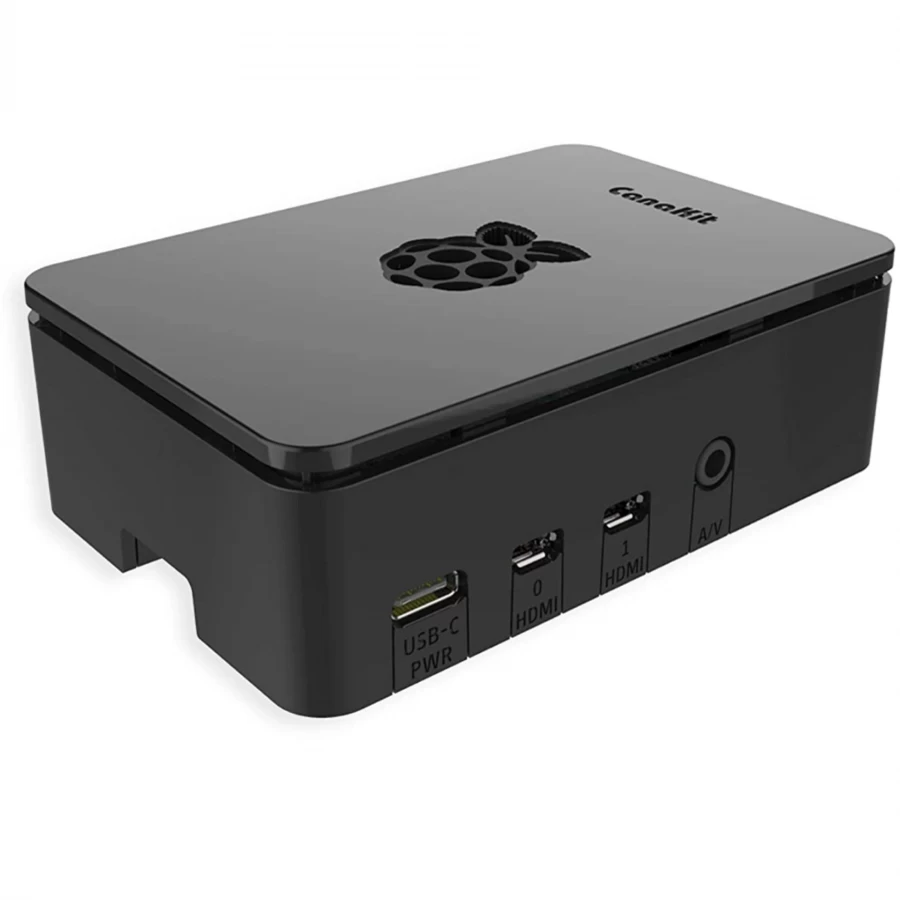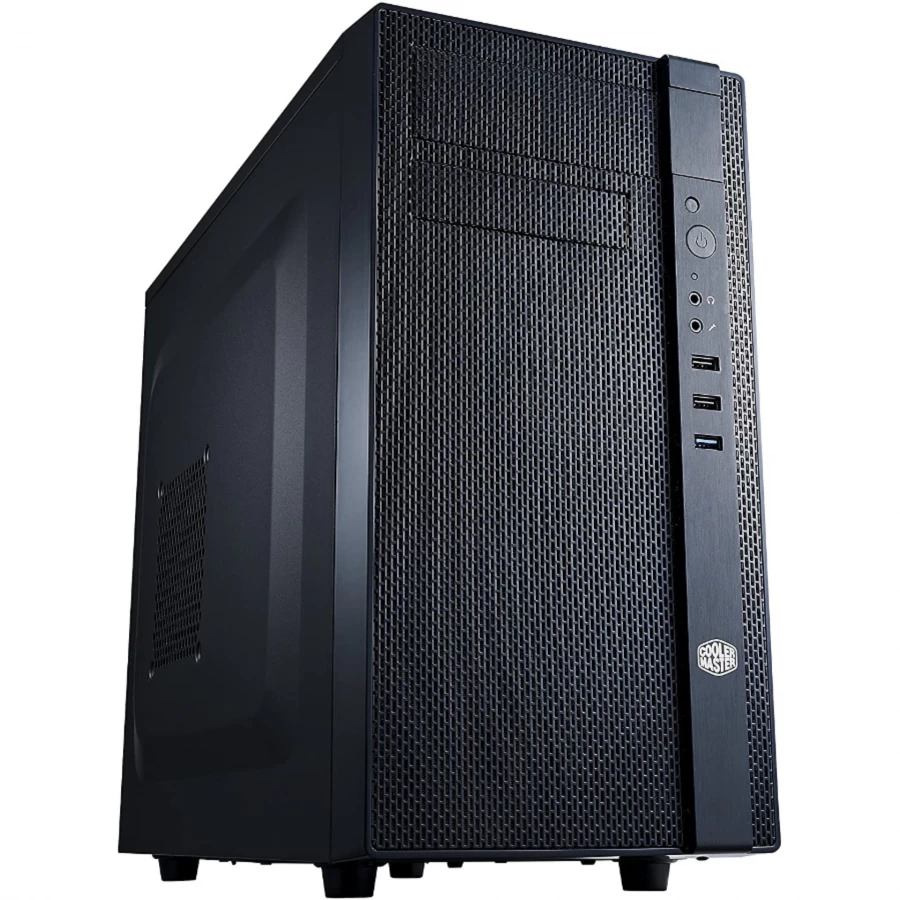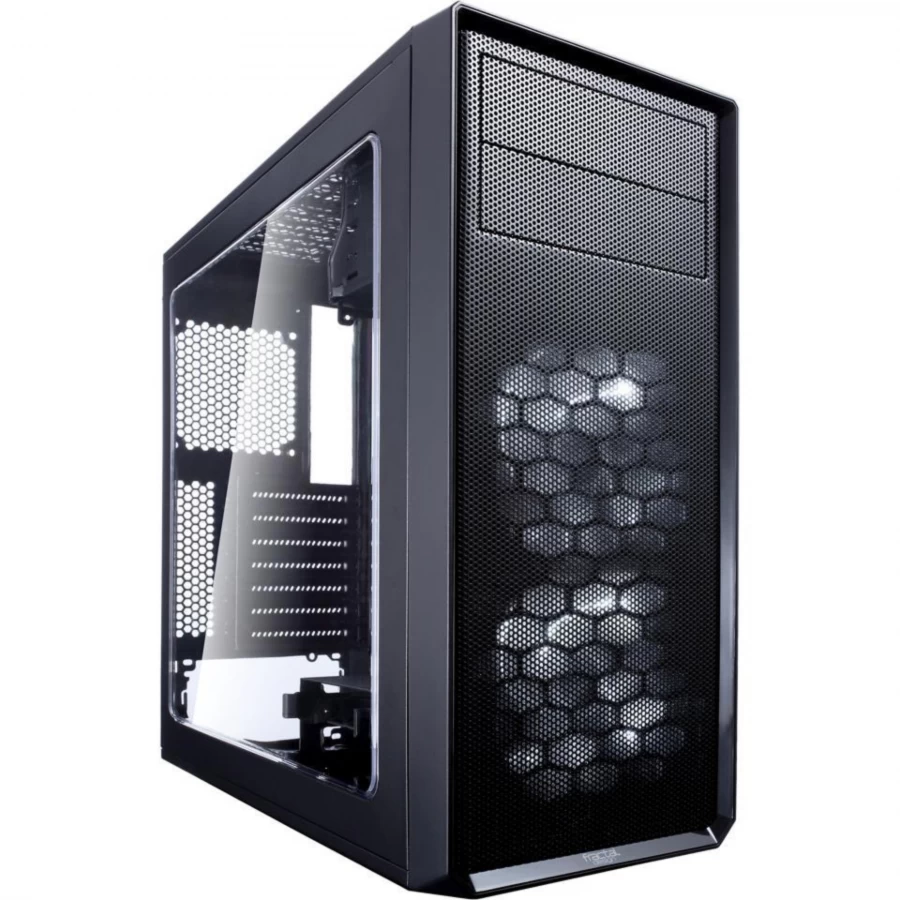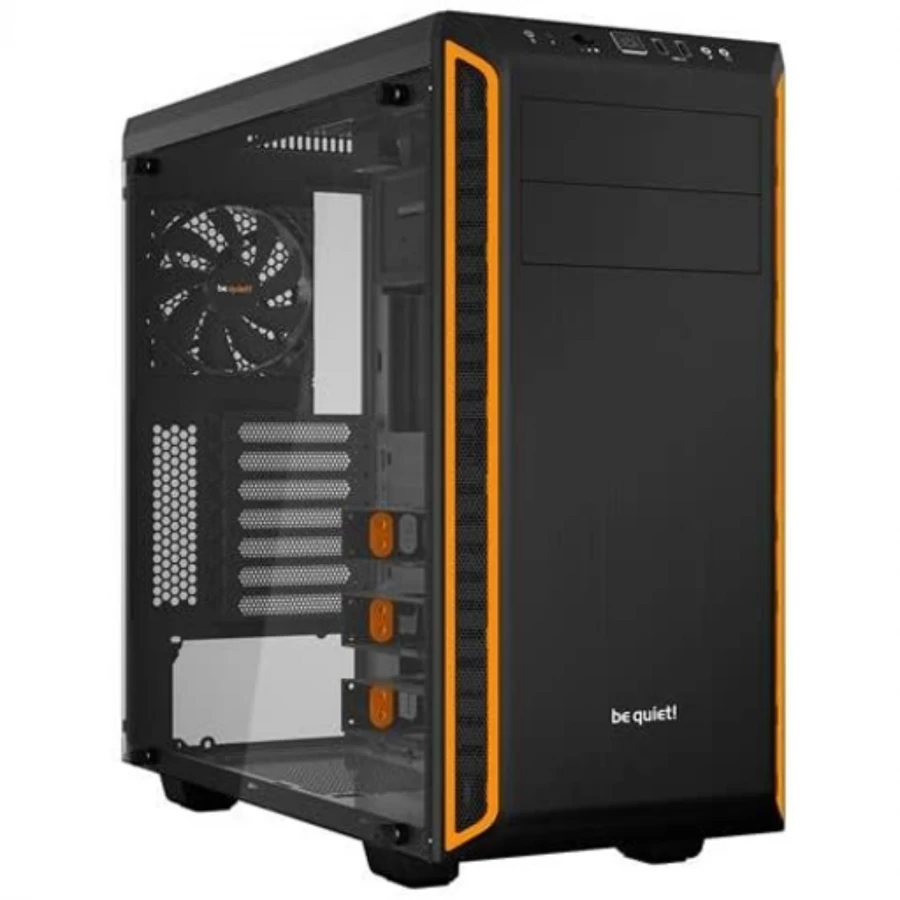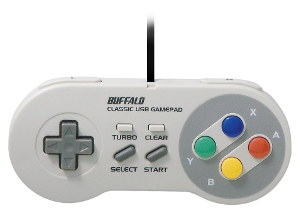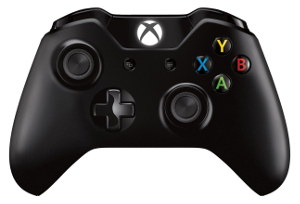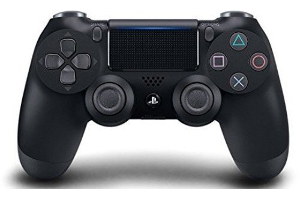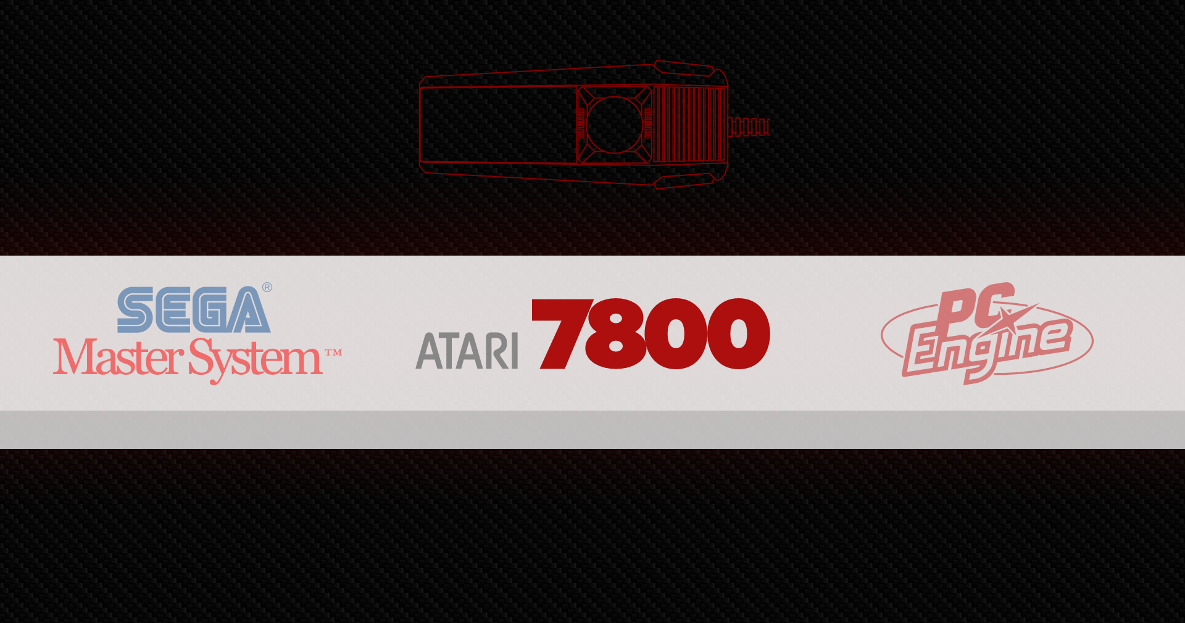CPU
The CPU is the single most important part of a computer whose primary job is playing games on emulators. This is because it does all or most of the simulation of the console during emulation.
For many emulators of older systems, it may be the case that only the speed and power of the first core of your CPU will matter for the quality of emulation. For emulators of newer systems, two or more cores may come into play, and it’s usually two: one that simulates the console’s central processor and one that simulates the console’s graphics processor.
As a result, the CPU should be the first part selected for an emulation build, and should be the highest-tier component. This is true of all of the example builds above except for the final one, which goes for a more conventionally balanced GPU choice.
Some of the emulators for consoles from the past decade have dabbled with implementing more cores for improved performance, but for an emulation build, overall, single-core speed should definitely still be prioritized over core count.
Graphics Card (GPU)
It may be natural to assume that the graphics card is the most important part of an emulation computer—due to the fact that the graphics card is the most important part of a general PC gaming rig—but this is typically incorrect.
As explained above, most of the simulation of console hardware that happens during emulation, in the majority of cases, is the duty of the CPU. In fact, unlike in conventional PC gaming, it is often possible to upscale the resolution of an emulated console quite considerably without significantly degrading performance.
Still, the GPU can not be entirely neglected, for the following reasons: some emulators, especially of more recent consoles, have been taking better advantage of the power of graphics cards; many emulators do make use of the graphics card in some limited fashion; there is always the chance that future emulator development will lead to GPU-boosted emulation of a console that matters to you; and most people who want to play emulated games would also like to have the capability to play general PC games, even if that is not their top priority.
So a balance has been struck in the example builds above: the graphics card has a lower priority and a lower-tier choice than some other parts in each build, but is still a capable, modern, not-too-unbalanced card for each situation.
RAM
Unlike in the majority of other build situations, RAM is something that should be prioritized to some extent for an emulation build. Everything from shaders and other graphics assets to save-relevant processes to some pre-loading functions can make use of RAM capacity.
In fact, in my own personal PC, emulation of the Wii U is one of only two tasks to ever take advantage of my PC’s 16GB of installed RAM by using more than 8GB at one time (the other was 3D rendering, a topic covered by another of our big guide articles). But for users who are not intent on using the most recent of emulators (like those for the Wii U and PS3), 8GB or even 4GB of RAM is still likely to be enough.
Storage (HDD, SSD)
What amount of storage you need for emulation depends heavily upon which consoles you want to emulate.
If your primary interest in emulation is mostly retro, you don’t need much. In particular, if you mostly want to play cartridge-based home consoles from the 1980s and early 1990s (including the Atari consoles, Master System, Genesis, Neo Geo, NES, SNES, and N64), and handhelds up to the early 2000s (including the Game Gear, Neo Geo Pocket, Neo Geo Pocket Color, Game Boy, Game Boy Color, and Game Boy Advance), then you could theoretically get away with less than 100GB of storage for your entire machine—including the OS, emulators, and games.
This is because the files for such classic games are miniscule when compared to the capacities of modern storage devices, which makes it possible to store hundreds or even thousands of them in a relatively small amount of space. Still, even in this situation, we would recommend getting at least 500GB for a desktop computer (or at least 32GB for a Raspberry Pi), just to be sure.
If, on the other hand, you are interested in emulating more modern stuff, you’ll need more room. In particular, if you mostly want to play disc-based home consoles (including the Saturn, Dreamcast, PS1, PS2, PS3, GameCube, Wii, and Wii U), and handheld consoles from the mid-2000s onward (including the PSP, DS, and 3DS), then you’ll need considerably more space for your entire library, and should invest in at least 1TB.
Power Supply (PSU)
Getting a PSU that doesn’t support a sufficient wattage for your build, or (even worse) getting a budget PSU that may not have been well-made, increases the risk of catastrophic failure for your build. The specifications or numbers on the packaging don't tell the whole story, so unless you're an electrical engineer, the best way to find a good power supply is to ask an expert.
Don’t risk damaging your components. Get a high-quality PSU. Unlike many other components, the quality of power supplies does not increase as much over time. A high-quality power supply bought today, will still be a high-quality power supply in 5 or 10 years.

